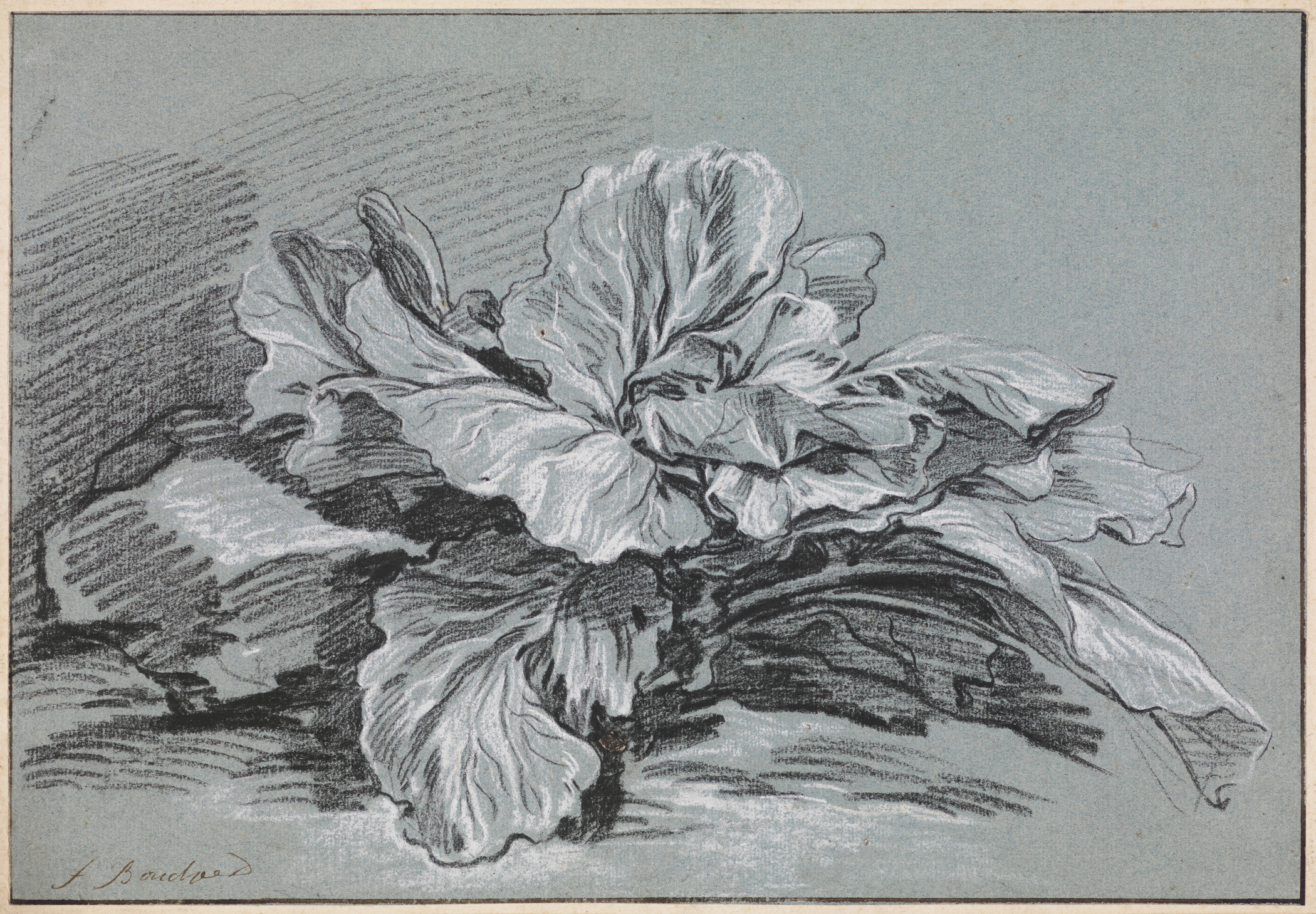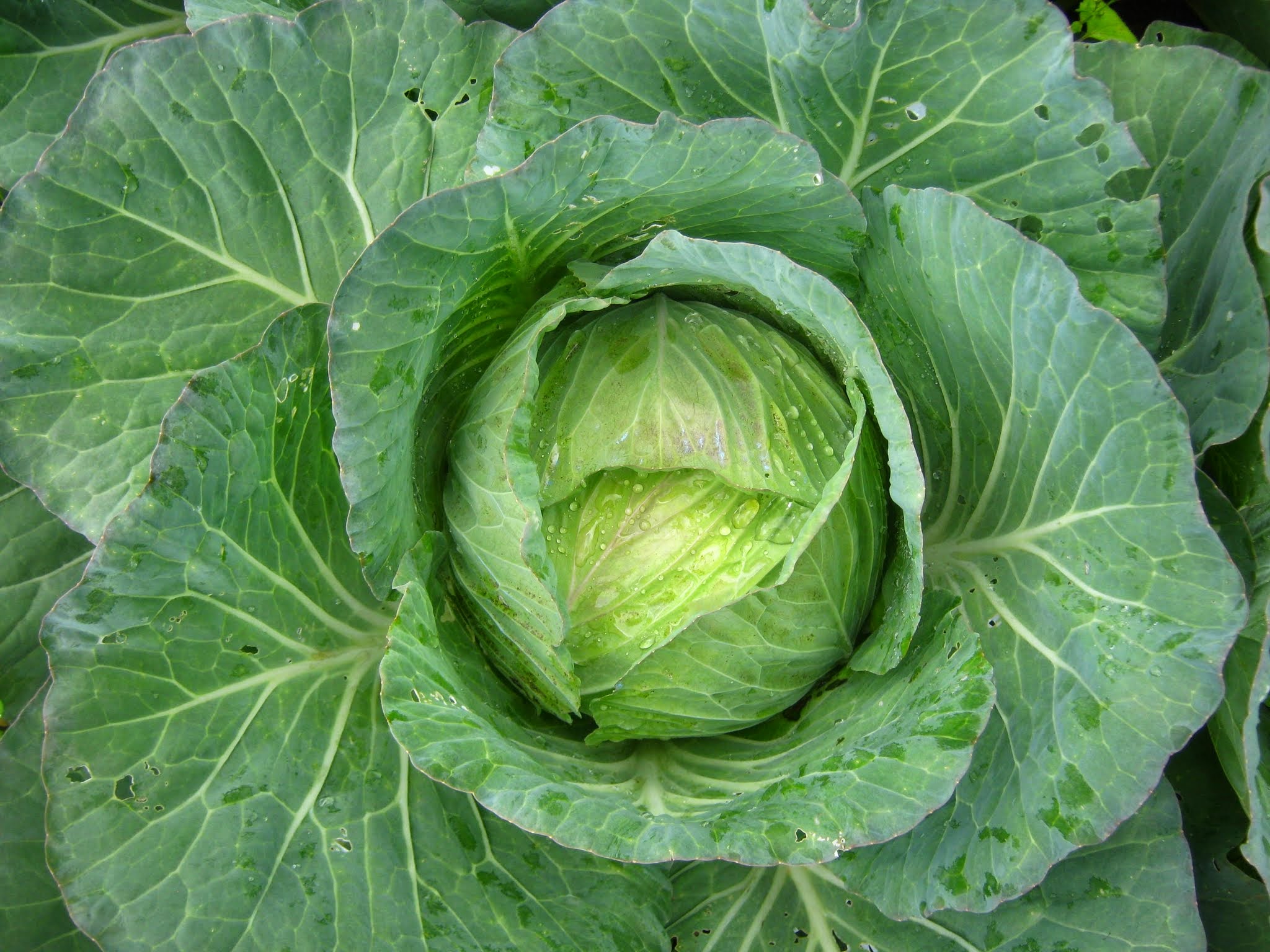|
Michel Lullin De Chateauvieux
Michel Lullin de Châteauvieux (15 September 1695 - 19 March 1781) was a Genevan politician, agronomist and experimenter on agriculture, known for the design of many agricultural instruments.The Papers of George Washington', Confederation Series, volume 6, p. 240 Biography Michel Lullin de Chateauvieux was born into a patrician (post-Roman Europe), patrician family in Geneva, Republic of Geneva. He was the son of Charles Lullin de Chateauvieux (1669-1761), a councilor and syndic of Geneva, and Marthe Humbert. Lullin studied philosophy at the University of Geneva, Academy of Geneva and began working as a lawyer in 1714. He inherited from his father the ''seigneuries'' of Châteauvieux, Challex (Pays de Gex) and Confignon. Lullin began his political career as ''châtelain'' of Satigny, Peney and councilor in 1738. During the riots of 1734, he, Pierre Mussard and Jean-Louis Du Pan commissioned Jean-Jacques Burlamaqui to report on the notices of appeal of the old citizens (''Bou ... [...More Info...] [...Related Items...] OR: [Wikipedia] [Google] [Baidu] |
Robert Gardelle
Robert Gardelle (Geneva, 6 April 1682 - Geneva, 7 March 1766) was an artist, engraver and etcher born in Geneva, then in the Republic of Geneva. He studied under Nicolas de Largillière, Largillière in Paris, where he distinguished himself as a portrait painter, producing also etchings of portraits and of views of Geneva. Gardelle is known for both the quantity of portraits he produced and the speed with which he produced them; Cambridge University Library noted during a 1978 exhibition that Gardelle was prolific and "often painted portraits in two or three days." References Further reading * Dagmar Böcker: Gardelle, Robert '. In: Historisches Lexikon der Schweiz * Auguste Bouvier: ''Quatre vues de Genève peintes par Robert Gardelle'', Genève 1931 * Waldemar Deonna: ''Le peintre Robert Gardelle 1682-1766''. Impr. du "Journal de Genève", 1943 1682 births 1766 deaths 18th-century artists from the Republic of Geneva Engravers from the Republic of Geneva 18th-century engr ... [...More Info...] [...Related Items...] OR: [Wikipedia] [Google] [Baidu] |
Henri Louis Duhamel Du Monceau
Henri-Louis Duhamel du Monceau (; 20 July 170013 August 1782) was a French physician, naval engineer and botanist. Biography Henri-Louis Duhamel du Monceau was born in Paris in 1700, the son of Alexandre Duhamel, lord of Denainvilliers. In his youth he developed a passion for botany, but at his father's wish he studied law from 1718 to 1721. After inheriting his father's large estate, he expanded it into a model farm, where he developed and tested new methods of horticulture, agriculture and forestry. The results of this work, he published in numerous publications. Commission by the French Academy of Sciences in 1728 Duhamel investigate the saffron cultivation in Gâtinais. In the following years continued to investigate physiological problems of crops. He also investigated growth of the trees in cooperation with Georges-Louis Leclerc de Buffon. From 1740 he also started focusing on meteorological problems, in particular their impact on agricultural production. In 1738 h ... [...More Info...] [...Related Items...] OR: [Wikipedia] [Google] [Baidu] |
Study Of A Cabbage LACMA M
Study or studies may refer to: General * Education **Higher education * Clinical trial * Experiment * Field of study * Observational study * Scientific study * Research * Study skills, abilities and approaches applied to learning Other * Study (art), a drawing or series of drawings done in preparation for a finished piece * ''Study'' (film), a 2012 film by Paolo Benetazzo * ''Study'' (Flandrin), an 1835/36 painting by Hippolyte Flandrin * Study (room), a room in a home used as an office or library * ''Study'' (soundtrack), a soundtrack album from the 2012 film * The Study, a private all-girls school in Westmount, Quebec, Canada * ''Studies'' (journal), published by the Jesuits in Ireland * Eduard Study (1862–1930), German mathematician * Facebook Study, a market research app See also * Étude An étude (; ) or study is an instrumental musical composition, designed to provide practice material for perfecting a particular musical skill. The tradition of writing é ... [...More Info...] [...Related Items...] OR: [Wikipedia] [Google] [Baidu] |
White Cabbage
Cabbage, comprising several cultivars of ''Brassica oleracea'', is a leafy green, red (purple), or white (pale green) biennial plant grown as an annual vegetable crop for its dense-leaved heads. It is descended from the wild cabbage ( ''B. oleracea'' var. ''oleracea''), and belongs to the " cole crops" or brassicas, meaning it is closely related to broccoli and cauliflower (var. ''botrytis''); Brussels sprouts (var. ''gemmifera''); and Savoy cabbage (var. ''sabauda''). A cabbage generally weighs between . Smooth-leafed, firm-headed green cabbages are the most common, with smooth-leafed purple cabbages and crinkle-leafed savoy cabbages of both colours being rarer. Under conditions of long sunny days, such as those found at high northern latitudes in summer, cabbages can grow quite large. , the heaviest cabbage was . Cabbage heads are generally picked during the first year of the plant's life cycle, but plants intended for seed are allowed to grow a second year and must b ... [...More Info...] [...Related Items...] OR: [Wikipedia] [Google] [Baidu] |
Wheat
Wheat is a group of wild and crop domestication, domesticated Poaceae, grasses of the genus ''Triticum'' (). They are Agriculture, cultivated for their cereal grains, which are staple foods around the world. Well-known Taxonomy of wheat, wheat species and hybrids include the most widely grown common wheat (''T. aestivum''), spelt, durum, emmer, einkorn, and Khorasan wheat, Khorasan or Kamut. The archaeological record suggests that wheat was first cultivated in the regions of the Fertile Crescent around 9600 BC. Wheat is grown on a larger area of land than any other food crop ( in 2021). World trade in wheat is greater than that of all other crops combined. In 2021, world wheat production was , making it the second most-produced cereal after maize (known as corn in North America and Australia; wheat is often called corn in countries including Britain). Since 1960, world production of wheat and other grain crops has tripled and is expected to grow further through the middle of ... [...More Info...] [...Related Items...] OR: [Wikipedia] [Google] [Baidu] |
Ploughing
A plough or ( US) plow (both pronounced ) is a farm tool for loosening or turning the soil before sowing seed or planting. Ploughs were traditionally drawn by oxen and horses but modern ploughs are drawn by tractors. A plough may have a wooden, iron or steel frame with a blade attached to cut and loosen the soil. It has been fundamental to farming for most of history. The earliest ploughs had no wheels; such a plough was known to the Romans as an ''aratrum''. Celtic peoples first came to use wheeled ploughs in the Roman era. The prime purpose of ploughing is to turn over the uppermost soil, bringing fresh nutrients to the surface while burying weeds and crop remains to decay. Trenches cut by the plough are called furrows. In modern use, a ploughed field is normally left to dry and then harrowed before planting. Ploughing and cultivating soil evens the content of the upper layer of soil, where most plant feeder roots grow. Ploughs were initially powered by humans, but the ... [...More Info...] [...Related Items...] OR: [Wikipedia] [Google] [Baidu] |
Feces
Feces (also known as faeces American and British English spelling differences#ae and oe, or fæces; : faex) are the solid or semi-solid remains of food that was not digested in the small intestine, and has been broken down by bacteria in the large intestine. Feces contain a relatively small amount of metabolic waste products such as bacterially-altered bilirubin and dead epithelial cells from the lining of the gut. Feces are discharged through the anus or cloaca during defecation. Feces can be used as fertilizer or soil conditioner in agriculture. They can also be burned as dry animal dung fuel, fuel or dried and used for wattle and daub, construction. Some medicinal uses have been found. In the case of human feces, fecal transplants or fecal bacteriotherapy are in use. Urine and feces together are called excretion, excreta. Characteristics The distinctive odor of feces is due to skatole, and thiols (sulfur-containing compounds), as well as amines and carboxylic acids. Sk ... [...More Info...] [...Related Items...] OR: [Wikipedia] [Google] [Baidu] |
Cattle
Cattle (''Bos taurus'') are large, domesticated, bovid ungulates widely kept as livestock. They are prominent modern members of the subfamily Bovinae and the most widespread species of the genus '' Bos''. Mature female cattle are called cows and mature male cattle are bulls. Young female cattle are called heifers, young male cattle are oxen or bullocks, and castrated male cattle are known as steers. Cattle are commonly raised for meat, for dairy products, and for leather. As draft animals, they pull carts and farm implements. Cattle are considered sacred animals within Hinduism, and it is illegal to kill them in some Indian states. Small breeds such as the miniature Zebu are kept as pets. Taurine cattle are widely distributed across Europe and temperate areas of Asia, the Americas, and Australia. Zebus are found mainly in India and tropical areas of Asia, America, and Australia. Sanga cattle are found primarily in sub-Saharan Africa. These types, sometime ... [...More Info...] [...Related Items...] OR: [Wikipedia] [Google] [Baidu] |
Cabbage
Cabbage, comprising several cultivars of '' Brassica oleracea'', is a leafy green, red (purple), or white (pale green) biennial plant grown as an annual vegetable crop for its dense-leaved heads. It is descended from the wild cabbage ( ''B. oleracea'' var. ''oleracea''), and belongs to the " cole crops" or brassicas, meaning it is closely related to broccoli and cauliflower (var. ''botrytis''); Brussels sprouts (var. ''gemmifera''); and Savoy cabbage (var. ''sabauda''). A cabbage generally weighs between . Smooth-leafed, firm-headed green cabbages are the most common, with smooth-leafed purple cabbages and crinkle-leafed savoy cabbages of both colours being rarer. Under conditions of long sunny days, such as those found at high northern latitudes in summer, cabbages can grow quite large. , the heaviest cabbage was . Cabbage heads are generally picked during the first year of the plant's life cycle, but plants intended for seed are allowed to grow a second year and m ... [...More Info...] [...Related Items...] OR: [Wikipedia] [Google] [Baidu] |
Crop
A crop is a plant that can be grown and harvested extensively for profit or subsistence. In other words, a crop is a plant or plant product that is grown for a specific purpose such as food, Fiber, fibre, or fuel. When plants of the same species are cultivated in rows or other systematic arrangements, it is called crop field or crop cultivation. Most crops are harvested as food for humans or fodder for livestock. Important non-food crops include horticulture, floriculture, and industrial crops. Horticulture crops include plants used for other crops (e.g. fruit trees). Floriculture crops include bedding plants, houseplants, flowering garden and pot plants, cut cultivated greens, and cut flowers. Industrial crops are produced for clothing (fiber crops e.g. cotton), biofuel (energy crops, algae fuel), or medicine (medicinal plants). Production There was an increase in global production of primary crops by 56% between 2000 and 2022 to 9.6 billion tonnes, which represents a 0 ... [...More Info...] [...Related Items...] OR: [Wikipedia] [Google] [Baidu] |
Choully Castle
Choully Castle is a castle in the municipality of Satigny of the Canton of Geneva in Switzerland. It is a Swiss heritage site of national significance. See also * List of castles in Switzerland This list includes castles and fortresses in Switzerland. Entries list the name and location of the castle, fortress or ruins in each Canton in Switzerland. Aargau Appenzell Ausserrhoden Appenzell Innerrhoden Basel-Landschaft, Bas ... References Cultural property of national significance in the canton of Geneva Castles in the canton of Geneva {{Switzerland-castle-stub ... [...More Info...] [...Related Items...] OR: [Wikipedia] [Google] [Baidu] |








